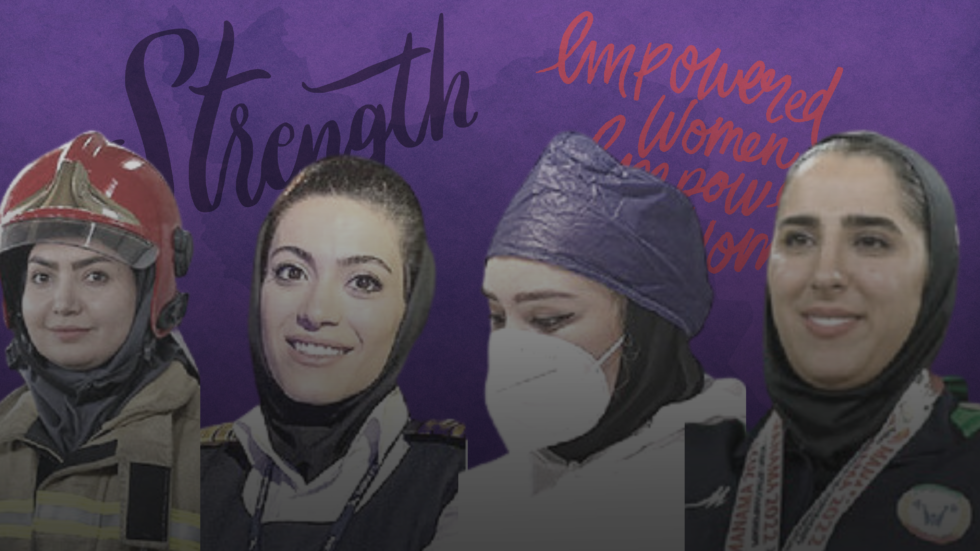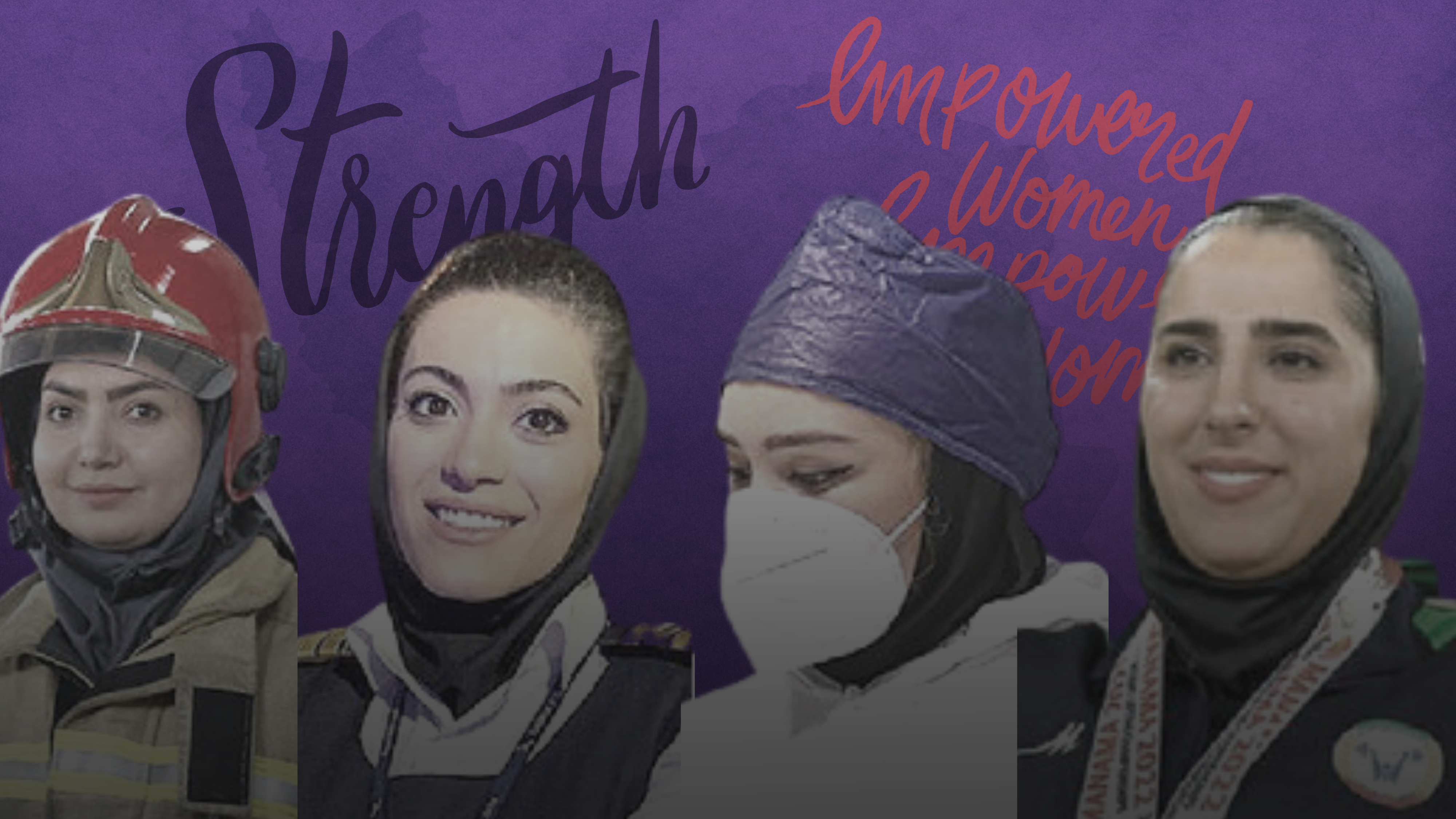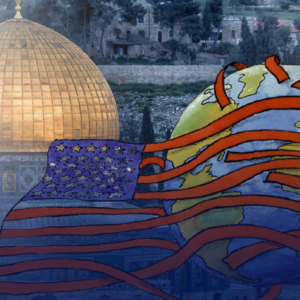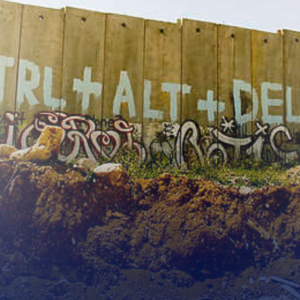Iran Decrypted IV: Post-Revolution Achievements in Iran


Iran Decrypted IV: Post-Revolution Achievements in Iran
As modern conflict moves away from hard industrial war to soft information warfare, the recent political unrest in Iran must be analyzed from a new global perspective, one that recognizes the convergence of historical contexts, present-day challenges, and future impacts within an international framework.
Written by: Sara Salimi | Copy Editors: Zainabrights, Fatima Alhajri | Design: Fatima El-Zein | Consultants: Fiza Raza, Batool Subeiti
SOURCES
93. https://english.khamenei.ir/news/7263/Literacy-in-Iran-Before-and-after-the-Revolution
94. https://borgenproject.org/medical-advancements-in-iran/
96. https://www.aei.org/articles/irans-military-twenty-first-century-technology/
97. https://cistc.ir/en/2728/council-iran-ranks-4th-in-global-nanotech-rankings/
98. https://time.com/5611222/rq-4-global-hawk-iran-shot-down/
101. https://iranprimer.usip.org/blog/2022/oct/07/statistics-women-iran
If you value our journalism…
TMJ News is committed to remaining an independent, reader-funded news platform. A small donation from our valuable readers like you keeps us running so that we can keep our reporting open to all! We’ve launched a fundraising campaign to raise the $10,000 we need to meet our publishing costs this year, and it’d mean the world to us if you’d make a monthly or one-time donation to help. If you value what we publish and agree that our world needs alternative voices like ours in the media, please give what you can today.





